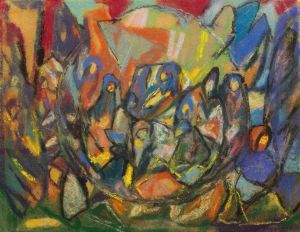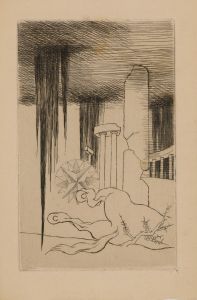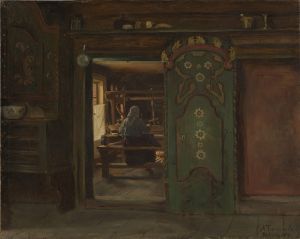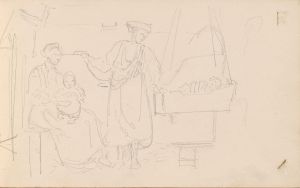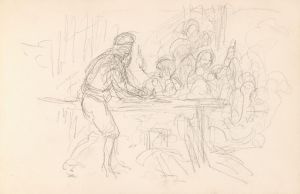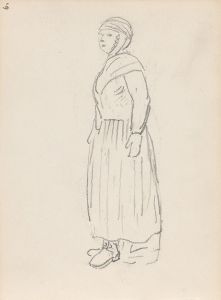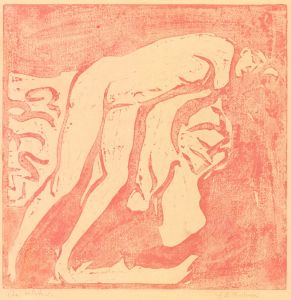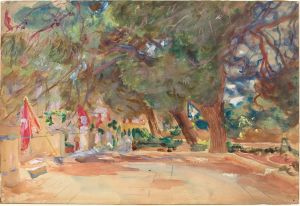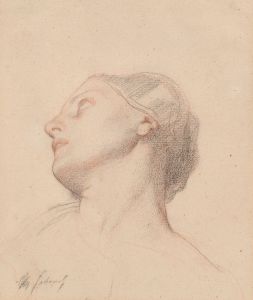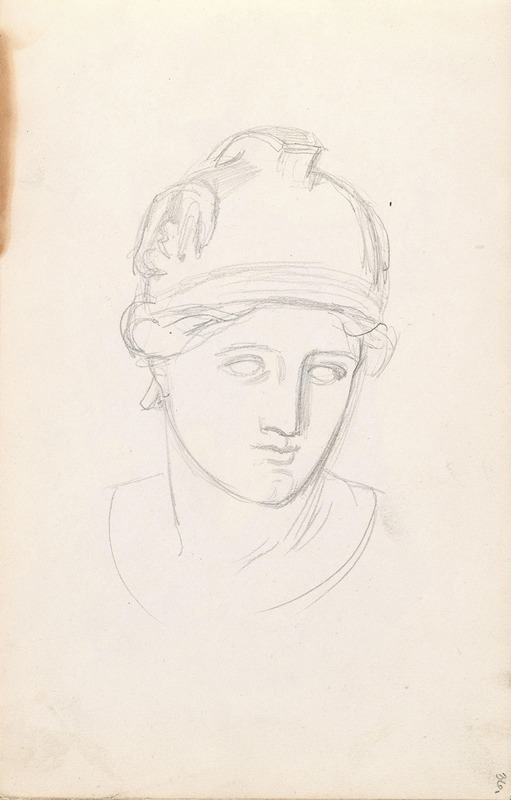
Study of sculpture head
A hand-painted replica of Adolph Tidemand’s masterpiece Study of sculpture head, meticulously crafted by professional artists to capture the true essence of the original. Each piece is created with museum-quality canvas and rare mineral pigments, carefully painted by experienced artists with delicate brushstrokes and rich, layered colors to perfectly recreate the texture of the original artwork. Unlike machine-printed reproductions, this hand-painted version brings the painting to life, infused with the artist’s emotions and skill in every stroke. Whether for personal collection or home decoration, it instantly elevates the artistic atmosphere of any space.
Adolph Tidemand (1814-1876) was a prominent Norwegian painter known for his detailed and evocative depictions of Norwegian folk life and history. One of his notable works is "Study of Sculpture Head," which showcases his skill in capturing the human form and expression.
"Study of Sculpture Head" is a drawing that reflects Tidemand's academic training and his interest in classical art forms. Although primarily known for his genre paintings, Tidemand's studies and sketches reveal his deep understanding of anatomy and his ability to render lifelike representations. This particular study likely served as a preparatory work or an exercise in mastering the intricacies of human features.
Tidemand's education played a significant role in shaping his artistic approach. He studied at the Academy of Art in Copenhagen from 1832 to 1837, where he was influenced by the Danish Golden Age painters. Later, he continued his studies at the Kunstakademie Düsseldorf, a hub for the Düsseldorf school of painting, which emphasized detailed and realistic portrayals of subjects. This background is evident in the meticulous attention to detail seen in "Study of Sculpture Head."
The drawing itself is characterized by its precise lines and careful shading, which bring out the three-dimensional quality of the sculpture head. Tidemand's use of light and shadow demonstrates his proficiency in creating depth and volume, making the head appear almost lifelike. The study likely involved a plaster cast or a classical sculpture, common subjects for academic exercises during that period.
While "Study of Sculpture Head" may not be as widely recognized as Tidemand's larger, more narrative-driven works, it provides valuable insight into his artistic process and his dedication to mastering the fundamentals of drawing. Such studies were crucial for artists of his time, serving as the foundation for more complex compositions and helping them develop a keen eye for detail.
Tidemand's broader body of work often focused on Norwegian rural life, capturing the customs, costumes, and landscapes of his homeland. His paintings, such as "Haugianerne" (The Haugeans) and "Bridal Procession on the Hardangerfjord," are celebrated for their historical and cultural significance. However, studies like "Study of Sculpture Head" remind us of the rigorous training and practice that underpin an artist's ability to create such enduring and meaningful works.
In summary, "Study of Sculpture Head" by Adolph Tidemand is a testament to the artist's technical skill and his commitment to the classical traditions of art education. It highlights his ability to render the human form with precision and serves as an example of the foundational exercises that contributed to his success as a painter.





